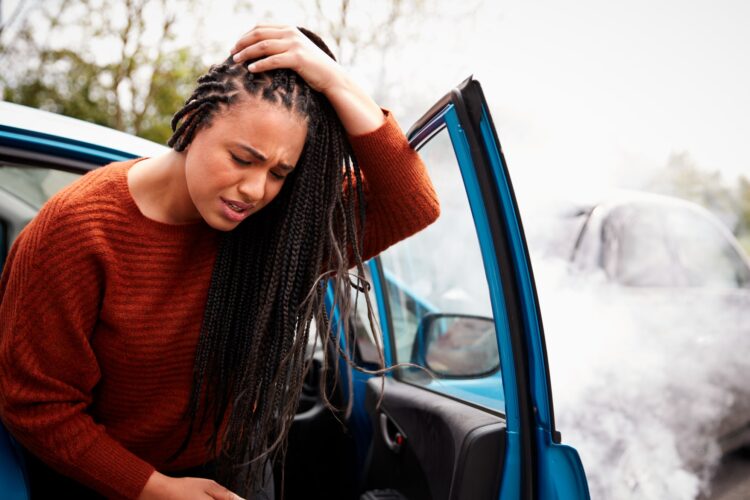August 15, 2023
Car accidents can be traumatic events, and when they occur, one of the key questions that arises is, “Who is liable for the damages?” Proving liability is a fundamental aspect of car accident cases, and it requires a thorough understanding of the legal framework that governs these situations. In this article, we will explore how lawyers prove liability in car accident cases, focusing on the laws and legal principles that guide their efforts.
Gathering Evidence
To establish liability in a car accident case, the first crucial step is gathering evidence. Lawyers on both sides of the case will collect various types of evidence to support their respective arguments. This evidence can include:
- Police Reports: The initial police report filed at the accident scene can provide crucial details about the incident, including statements from involved parties and witnesses, as well as assessments of fault by the responding officers.
- Witness Statements: Lawyers will interview witnesses who observed the accident and obtain their statements, which can help corroborate or dispute the accounts of those directly involved.
- Photographs and Video Footage: Visual evidence, such as photographs of the accident scene, vehicle damage, and road conditions, can provide valuable insights into what transpired.
- Medical Records: If there are injuries involved, medical records can establish a direct link between the accident and the injuries sustained.
- Accident Reconstruction: In complex cases, accident reconstruction experts may be employed to recreate the events leading up to the accident, helping to determine liability.
Legal Principles Of Liability
Once evidence is gathered, lawyers use legal principles to establish liability. The following are some of the key legal concepts that come into play:
Negligence: Negligence is a central concept in car accident cases. To prove negligence, a lawyer must demonstrate that the at-fault party owed a duty of care to others on the road, breached that duty through their actions or inaction, and caused harm as a result. For example, if a driver runs a red light and collides with another vehicle, they may be found negligent for failing to obey traffic laws.
Duty of Care: All drivers have a duty to operate their vehicles safely and follow traffic laws. Lawyers will argue that the at-fault party violated this duty by engaging in negligent behavior, such as texting while driving or speeding.
Causation: Establishing a direct link between the at-fault party’s actions and the accident’s occurrence is crucial. Lawyers must demonstrate that the negligence directly caused the accident and resulting injuries.
Comparative Negligence: In some cases, multiple parties may share liability for an accident. Lawyers may use the principle of comparative negligence to determine each party’s degree of fault. For instance, if one driver was speeding, but the other driver ran a stop sign, a court may assign percentages of fault to each party based on their actions.
Legal Strategy
Proving liability also involves crafting a legal strategy. Lawyers must present their evidence and arguments persuasively in court or during negotiations. They may rely on legal precedents, statutes, and regulations to support their case. Additionally, skilled lawyers will cross-examine witnesses and experts to challenge opposing claims and bolster their own.
While many car accident cases are resolved in court, many are also settled through negotiations between the parties involved. Lawyers play a crucial role in these negotiations by presenting a compelling case for their client’s liability and the resulting damages. They will also consider the potential risks and benefits of going to trial versus accepting a settlement.
If you’ve been injured in a crash, you need a dedicated Palm Bay, FL car accident lawyer from Tuttle Larsen, P.A. advocation for you. Call our office today to schedule a free consultation.

